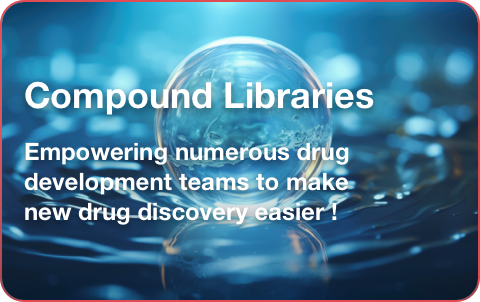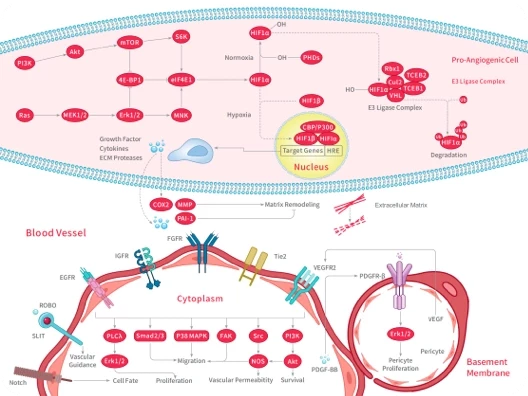- Remove All
 Your shopping cart is currently empty
Your shopping cart is currently empty
NMDAR
The N-methyl-D-aspartate receptor (also known as the NMDA receptor or NMDAR), is a glutamate receptor and ion channel protein found in nerve cells. The NMDA receptor is one of three types of ionotropic glutamate receptors. The other receptors are the AMPA and kainate receptors. It is activated when glutamate and glycine (or D-serine) bind to it, and when activated it allows positively charged ions to flow through the cell membrane. The NMDA receptor is very important for controlling synaptic plasticity and memory function.The NMDAR is a specific type of ionotropic glutamate receptor. The NMDA receptor is so named because the agonist molecule N-methyl-D-aspartate (NMDA) binds selectively to it, and not to other glutamate receptors. Activation of NMDA receptors results in the opening of an ion channel that is nonselective to cations, with a combined reversal potential near 0 mV. While the opening and closing of the ion channel is primarily gated by ligand binding, the current flow through the ion channel is voltage dependent. Extracellular magnesium (Mg2+) and zinc (Zn2+) ions can bind to specific sites on the receptor, blocking the passage of other cations through the open ion channel. Depolarization of the cell dislodges and repels the Mg2+ and Zn2+ ions from the pore, thus allowing a voltage-dependent flow of sodium (Na+) and small amounts of calcium (Ca2+) ions into the cell and potassium (K+) out of the cell.
- $509
- $670
- $192
- $35
- $38
- $32
- $293
- $413
- $30
- $350
- $62
- $293

- $35
- $45
- $46
- $34
- $293
- $87
- $195
- $227

- $293

- $88
- $39
- $153
- $29
- $35
- $39
- $30
- $35
- $52
- $31
- $158

- $4,300
- $33
- $41
- $42
- $43
- $32
- $68
- $30
- $36
- $46
- $30
- $39
- $41
- $64


Copyright © 2015-2025 TargetMol Chemicals Inc. All Rights Reserved.











